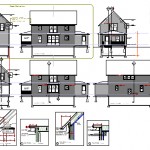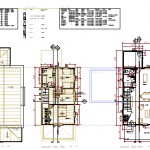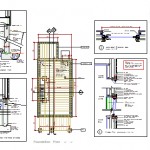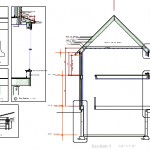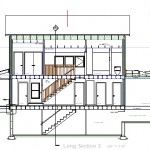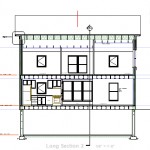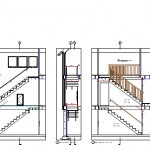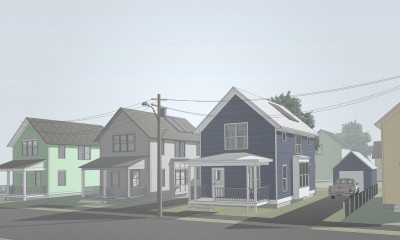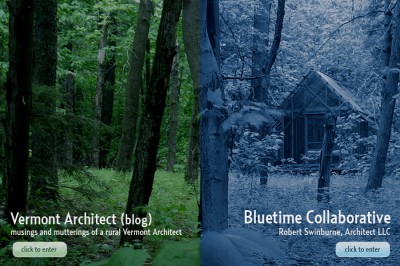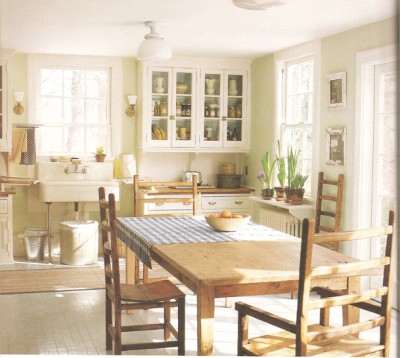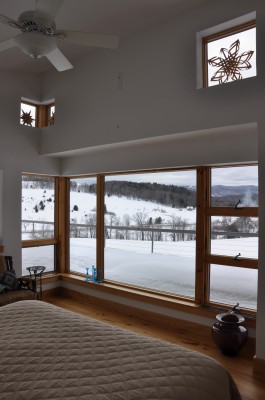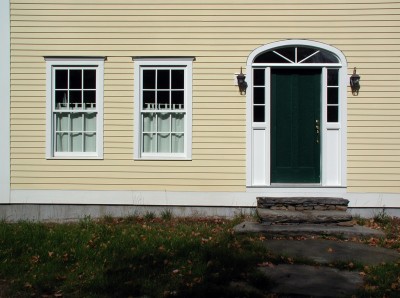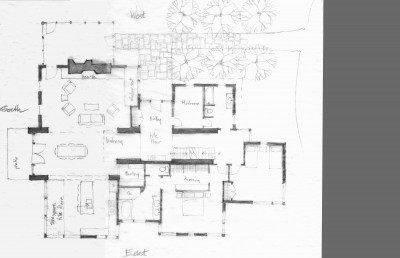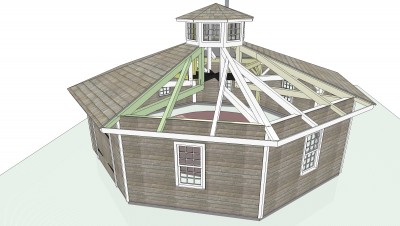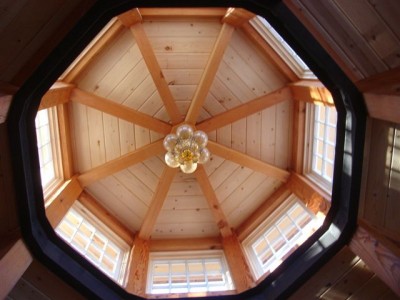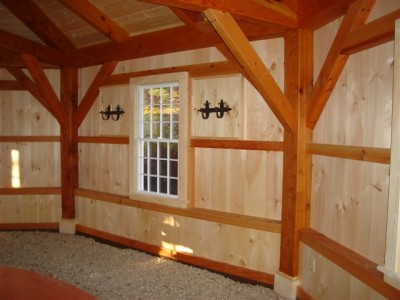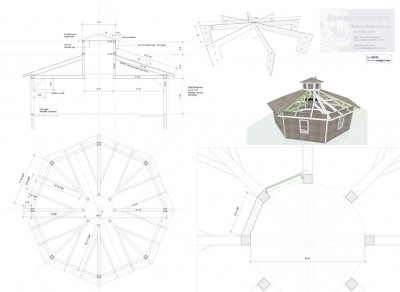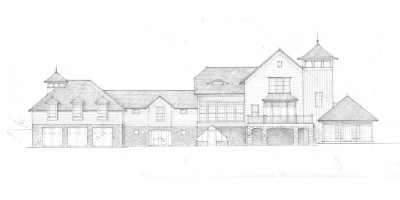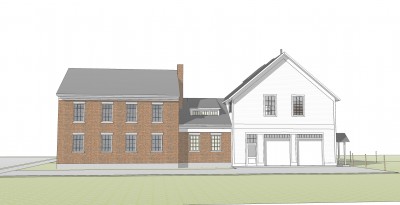I am bringing this post forward because, well, because I like it. As I have mentioned before, much of my work is for people who would never have gone to an architect in the first place, thinking that they could never afford it. Designing a custom home for someone is an incredibly complex endeavor. You can buy a set of plans relatively cheaply that may go 75% of the way towards fulfilling your needs and end up with a descent house. Most people go this route. However, some of my best work to date has been for people who are more concerned with money and value. I have been hired by clients to say “no, you can’t afford it” when they lose focus in the process of building a home and start to make a decision or series of decisions that would blow the budget. A good architect should be able to save a client at least the cost of architectural services if that is one of the stated goals. If you have $250,000 to spend on a house you can buy a plan and build a house that is worth $250,00 or you can spend $20,000 on an architect and build a house for $230,000 that gets you a better looking house with a more efficient and flexible floor plan and nicer spaces that fit your lifestyle more comfortably, a house that costs less to maintain over the longer term. Notice that I keep saying “good architect”. As with any profession there is a wide range of talent and specialties. Always ask for and check references. Find an architect and a builder who you are comfortable with. You need to develop a good relationship with these folks. They’re not just there to sell you something.
This also from an older post: I see many houses around here that would have benefited from some professional design help. It seems that people like to spend more money than they need to . These houses look complicated (if it looks complex then it is expensive) and yet they are obviously intended to be low cost housing. Not many people (or banks) “get” that spending money on an architect or designer up front can save them much more money in the months to follow during construction. Perhaps it is similar to solar hot water systems. Spend 5k to 7k up front and it takes 5 years or so before it is paid off in savings and then it starts saving money. It’s like putting and extra $50 in the bank every month. That’s an extra $6000 dollars over the next 10 years not counting for interest and certainly not counting for rising oil, gas or electricity costs. There was a picture in this month’s “National Geographic” showing a Chinese subdivision from above. Many of the houses had solar hot water systems on the roof. They must be smarter than us.



